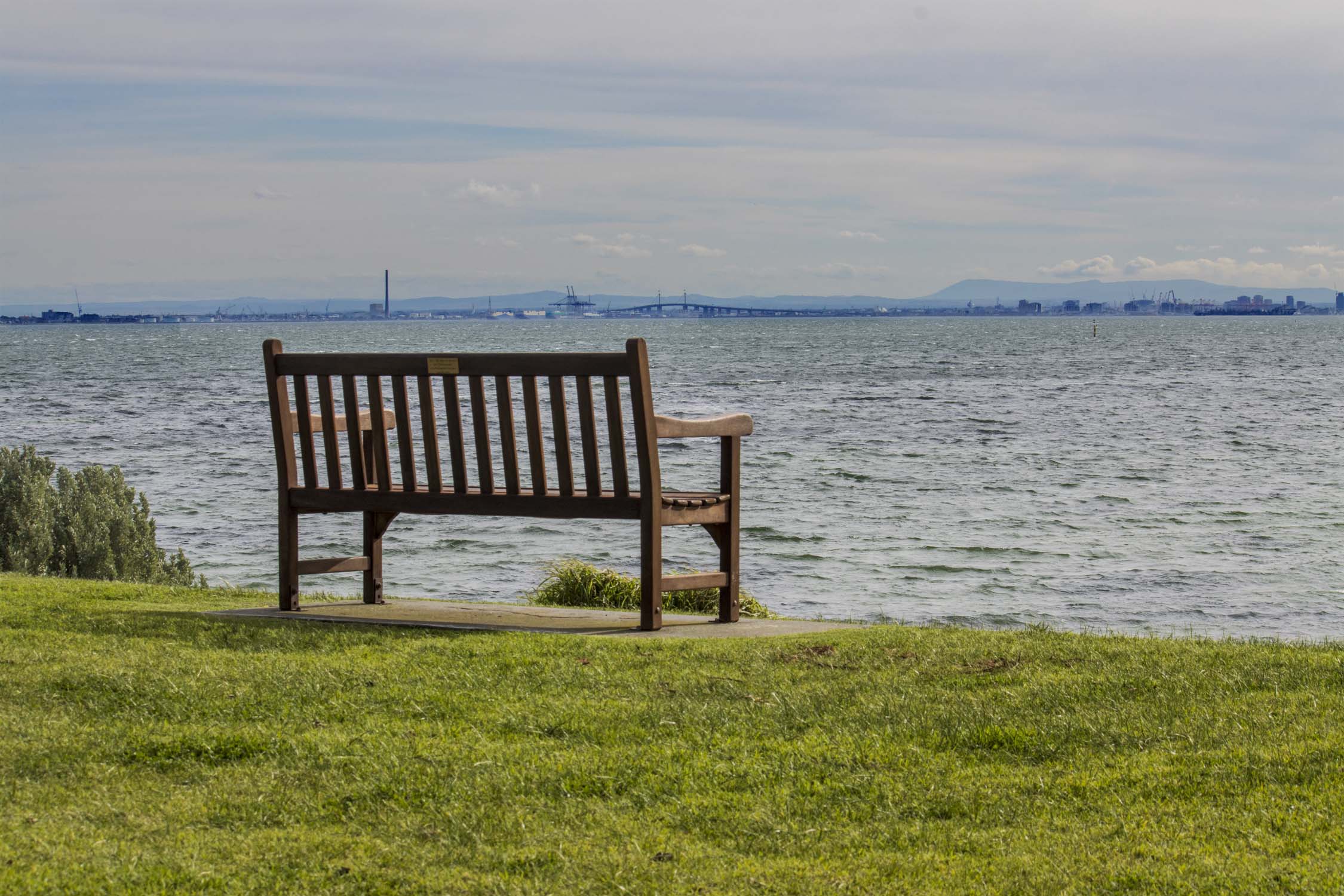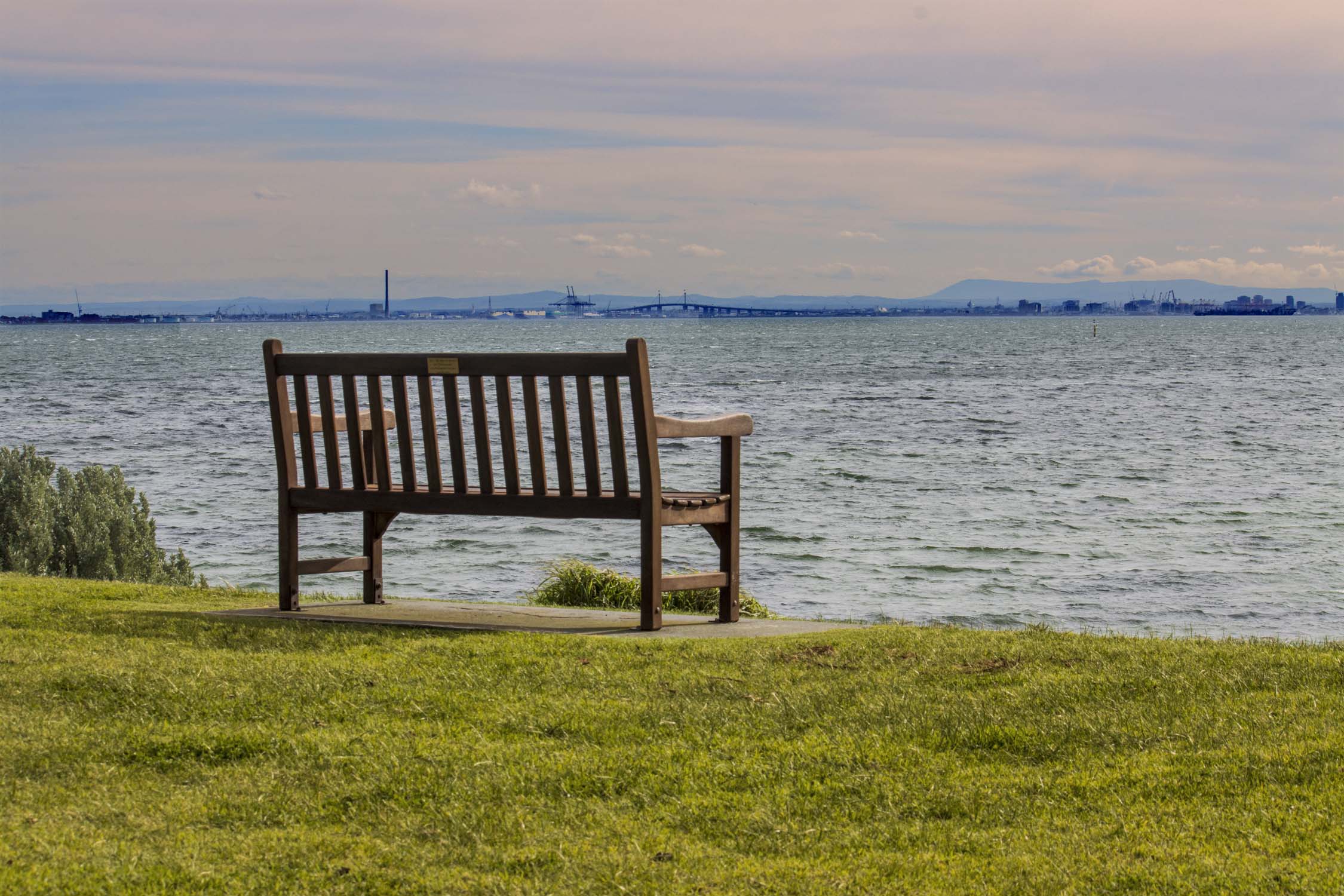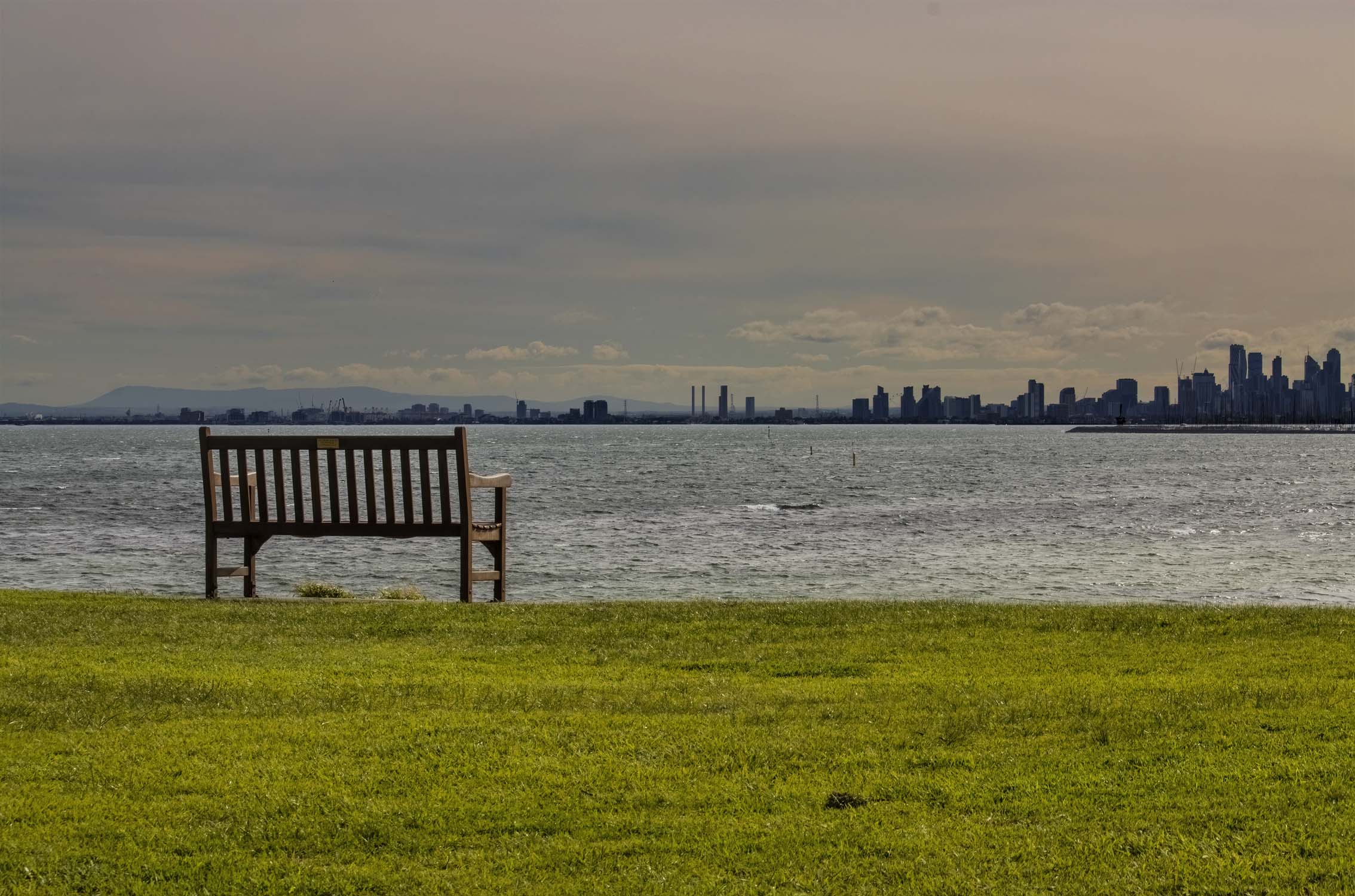'The print' is, I guess figurative. I would interpret it as the final, displayed form of the image. Maybe 'picture' is a better word. I suppose that with interactive displays a photographer might visualise their work as something to be explored, rather than viewed in its entirety. That's an interesting possibility - I wonder how many people actually think that way.
-
He would frequently 'revisualise' them, take a negative he'd published before and give it a completely different treatment.
-
The print is my preferred final form. That's why my personal journey centers around prints. But I see now reason why previsualization or the lack of same would be inherently different if your preferred final form were something else -- an image on a monitor, a T-shirt, quilting panels, billboards, a television show, etc. The details of your mental processes might change a bit, but not the broad arc.
-
I never make prints; but I doubt whether I would re-edit any of my “final versions” differently were I to do so. (I also do not stick to canonical sizes, cropping freely, as I see fit.)
-
Yes, Jim pointed that out in his essay, but it didnt mean that he had not had to pre-visualize them!
David
-
@JimKasson has written:@minniev has written:
Earlier in this forum's short history, there was a thread that involved an art vs technology conversation, and some folks shared whether their photography approach was more aligned with one or the other. I wonder if those differing alignments respond somewhat differently to essays like this.
Having been repeatedly accused of being a technologist for technology's sake, nevertheless I consider myself a person in neither -- or perhaps both -- camps.
You are one of the few people I've ever run into with feet so firmly planted in both camps. I do know two more but their tech "sides" are more disconnected from their art than yours. You "balanced" folk may be something of an anomaly, like being ambidextrous. Most of us seem to come from one angle or the other.
-
@davidwien has written:@JimKasson has written:
The print is my preferred final form. That's why my personal journey centers around prints. But I see now reason why previsualization or the lack of same would be inherently different if your preferred final form were something else -- an image on a monitor, a T-shirt, quilting panels, billboards, a television show, etc. The details of your mental processes might change a bit, but not the broad arc.
I never make prints; but I doubt whether I would re-edit any of my “final versions” differently were I to do so. (I also do not stick to canonical sizes, cropping freely, as I see fit.)
if your seriously into printing you edit for print not for the monitor viewing. i have an action set up after an edit on my monitor just for priting, its simple but effective.
-
@bobn2 has written:@xpatUSA has written:
The article seems to be aimed at those who print, there being several mentions thereof.
No mentions of a screen or a monitor in the article, so I wonder how the article applies to folks who don't print?
'The print' is, I guess figurative. I would interpret it as the final, displayed form of the image. Maybe 'picture' is a better word. I suppose that with interactive displays a photographer might visualise their work as something to be explored, rather than viewed in its entirety. That's an interesting possibility - I wonder how many people actually think that way.
I would say a very great many. For example, those who post images here much larger than my humble 1920x1200px monitor, so that 100% view shows only a small part of their masterpiece. One member here in the days of the 4Mb limit would only post links to Frickr so that one could see the "detsil" of the shots in all it's glory .,.,,
... come back output-referred imaging - all is forgiven
-
@xpatUSA has written:@bobn2 has written:@xpatUSA has written:
The article seems to be aimed at those who print, there being several mentions thereof.
No mentions of a screen or a monitor in the article, so I wonder how the article applies to folks who don't print?
'The print' is, I guess figurative. I would interpret it as the final, displayed form of the image. Maybe 'picture' is a better word. I suppose that with interactive displays a photographer might visualise their work as something to be explored, rather than viewed in its entirety. That's an interesting possibility - I wonder how many people actually think that way.
I would say a very great many. For example, those who post images here much larger than my humble 1920x1200px monitor, so that 100% view shows only a small part of their masterpiece. One member here in the days of the 4Mb limit would only post links to Frickr so that one could see the "detsil" of the shots in all it's glory .,.,,
... come back output-referred imaging - all is forgiven
do members here post images of there work ? i havnt seen any to date. there is only a few members that i could reconize who they are from there specialised genre images and im affraid they are not replying to this thread.
-
@JimKasson has written:@xpatUSA has written:
The article seems to be aimed at those who print, there being several mentions thereof.
No mentions of a screen or a monitor in the article, so I wonder how the article applies to folks who don't print?
On Cambridge in Color, (until I got banned for life for arguing technicalities with a Mod), I used to occasionally dig at Members who implied that "the print" was the final arbiter of an image's quality.
In case it is not obvious ... I don't print. 😐
The print is my preferred final form. That's why my personal journey centers around prints. But I see now reason why previsualization or the lack of same would be inherently different if your preferred final form were something else -- an image on a monitor, a T-shirt, quilting panels, billboards, a television show, etc. The details of your mental processes might change a bit, but not the broad arc.
It was simpler in the "old" days when the "final form" for everyone on-line was Bill Gates' beloved 640x480px monitor. 😏
Quite difficult these days when people on this forum view pictures on vastly different devices.
Does this site have a recommendation in that regard? In other words, for what "final form" should members post their output-referred image??
Before Bob or Alan decline to make a recommendation, other sites do have recommendations like "no bigger than 1600px on the long side" and so forth.
-
@davidwien has written:
...
Nevertheless, I do have some idea of what I want to achieve in a given shot, though I confess that I do not give it as much thought as Adams would have done; and, despite the software available to me, I am frequently disappointed. I sense that my failure rate is much higher than Adams achieved — and I dont do BIF photos, but, like Adams, I mostly photograph things that cannot move! I accept that I should devote more effort to pre-visualization: I will try to do this one day soon and limit myself to taking only one shot of each scene...
I should be interested to know how many of those here are successful in such an endeavour.
David
I've tried limiting my shots to one, or a certain number per session, or my lenses to one. It didn't suit how I do things and the only thing that improved noticeably was my effort to keep the camera level. I felt over constrained. But some of that is just me. I'm all in favor of experimenting with just about anything and let the results drive what we do next. I got more out of exercises where I made myself shoot 20 entirely different compositions of the same subject, or take a photo of a common object like an apple or a feather and turn it into 20 different final images in post.
-
@minniev has written:
I got more out of exercises where I made myself shoot 20 entirely different compositions of the same subject,
Kinda like this?
-
A Masterpiece of Multiplicity ... 😅
-
@JimKasson has written:@minniev has written:
I got more out of exercises where I made myself shoot 20 entirely different compositions of the same subject,
Kinda like this?
Exactly, that's how I kept myself from going nuts during Covid when nobody was going anywhere, then again during a year long medical rehab. Of course my eggs weren't as elegant as yours. Apple, egg, sweet potato, feather, dead spider. Then I made it more complicated by getting my grandsons to assemble 3 random objects of their choice, photographing the assemblage and trying to make something of it. Children are better at play than adults so they make good partners in such endeavors.
-
@xpatUSA has written:
Before Bob or Alan decline to make a recommendation, other sites do have recommendations like "no bigger than 1600px on the long side" and so forth.
That seems, to me, to be an old fashioned recommendation and I can't see the point in doing it with modern storage and monitors. If you force the user to limit the size to (say) 1600px, then the user is discarding detail. If they are allowed to post as large as they want, but the recipients monitor is (say) 1600px, then the recipient has the option to zoom in to see detail if they wish.
My camera club has a similar limitation on any photos submitted for competitions - and I intend to challenge that when the next one is announced.
Alan
-
Jim - this was an interesting and unexpected read. While I am familiar with the concept and do practice pre-visualization in my photography, I had no idea pre-visualization is so passionately embraced by Carmel photographers; or any photographic community, for that matter.
I learned and have applied pre-visualization throughout my 30+ year career in television and video production. Storyboarding is a standard practice in the production of any short video message (e.g. commercial or PSA). Since a 30-second spot incorporates a series of shots strung together to communicate a (hopefully) meaningful and compelling message, I imagine that process to be at least somewhat similar to how a Carmel photographer would practice the technique. The goal is to envision the shot and then go about doing whatever is necessary to actually make it.
Pre-visualization is not applied in the same manner in live sports coverage - my area of specialization. It's a useful tool when determining where to place cameras for game coverage. While the outcome of the game is uncertain, pre-visualization allows one to guarantee having a good angle for live coverage of important action anywhere on the field/court of play.
Experience can allow anticipation of very specific shots in live sports coverage. During the fall and winter months when temperatures fall, the sweaty overheated head of a football player will shed condensed water vapor. Any experienced sideline camera operator has that shot in their hip pocket, so to speak, as a closely-contested game moves into it's final stages.
The way I practice pre-visualization in photography is similar to how I deploy that tool in my work as a producer/director of televised sports coverage. I put thought and effort into being in a good location and then rely on my in-the-moment analysis skills to make the most of whatever photo op presents itself. I'm not often pre-visualizing a specific photo. I'm anticipating where wildlife or birds will be, where the sun will be in the sky, the direction of the wind, and the background against which I'll be photographing animals.
If I don't know the location - this will be my first visit - I'll do an on-the-spot analysis and select a palce to setup where light, wind, environment, and background will contribute to a good photo...assuming the animals cooperate. In short, I'll setup where I'd like the animals to be. I don't particularly care if they're going to be someplace else, especially if that someplace else means they'll be in poor light, an ugly environment, or fronting a distracting background. Those are not photos I want to make. If the animals cooperate and come to where I'm setup, a good photo is a likely outcome.
It's an approach I've taken in the limited sports photography I've done. One of the few college football games I've shot featured my home team versus the #2 team in the country in FCS. At the end of the game, the home team had the ball and needed a touchdown to win. I setup near the corner of the end zone where they were trying to score. I chose to be along the sideline where I might have the home team, home cheerleaders or an official signaling a score in the background. This was where I wanted to be if the home team pulled victory from the jaws of defeat at the last moment. Fate smiled on me that day.
-
I have read only the first few posts in this thread and so fwiw this is basically the extent to which I use "previsualisation".
When I first started out I was a strong follower of Ben Long and his video tutorials - especially on composition. He is a strong believer in "shooting the scene" and then seeing which work best in post. Yes, you can have at least a rough idea of the final image you want to create but he strongly encourages shooting a scene using different focal lengths, compositions and vantage points. Basically he would start shooting a subject from far back and then work in closer as described above.
When I have time I tend to follow his basic principle but without over-scienceing or over thinking it. I then play with different looks and feels in post to see which work best for me.
A few examples below of the same subject photographed and processed differently. Personally, the third one works best for me.
-
@BillFerris has written:
Jim - this was an interesting and unexpected read. While I am familiar with the concept and do practice pre-visualization in my photography, I had no idea pre-visualization is so passionately embraced by Carmel photographers; or any photographic community, for that matter.
I learned and have applied pre-visualization throughout my 30+ year career in television and video production.
The photographic community that I'm a part of here is, ahem, focused on making art. I think that pre-visualization is much more important when you're accepting money for images that must satisfy others. In many of those situations, there is no tolerance for not getting the shot as a result of a failed experiment, and surprises are often a bad thing for all concerned.















